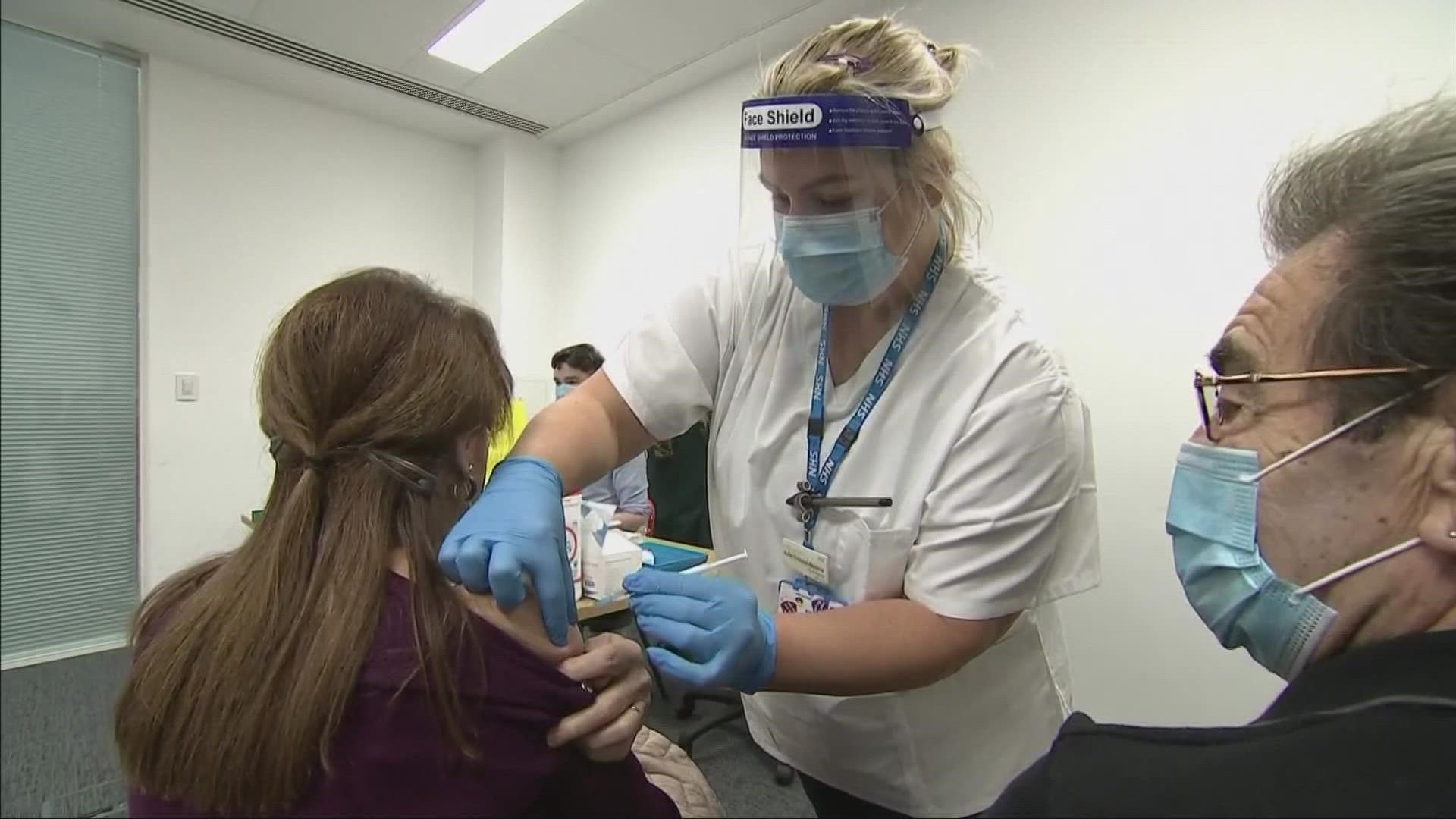CLEVELAND — For the last few weeks, we've watched our COVID-19 cases, hospitalizations and death rates fall. However, winter is coming, bringing cold, flu and COVID season.
While the omicron variant BA. 5 is still the main spreader, including here in Ohio, two new variants, BQ. 1 and BQ 1.1 are coming in hot.
It should be no surprise that the new variants are more sneaky and infectious.
Those variants are circulating in Europe and have already reached the U.S. and are now eleven percent of U.S. cases in just a month. About twenty percent of cases in New York and New Jersey are the BQ variety, likely because of international travelers into those states.
The concern is BQ. 1.1 is believed the to be the most immune-evasive variant, meaning if it continues to spread it might be the next wave, according to experts.
Studies out of China indicate our monoclonal antibody treatments against it don't work. Although the antivirals, such as Paxlovid, should still help.
According to Dr. Anthony Fauci, the new booster vaccine should help, but other experts say we really won't know until we have nearly 50% of cases somewhere and if we see reinfection rates surging.
However, the new booster vaccine is our best defense, especially for the most vulnerable and at risk for severe COVID infection. The Pfizer version is available to those over age five and Moderna is available for those over age 6.
There’s another variant to watch, XBB. It’s also circulating in parts of Asia and some European countries and seems to be immune evasive too.
The big question we don’t know the answer to is whether any of these variants can cause more severe disease. As of now, there are no BQ variants listed on the Ohio variant watch dashboard, but it wouldn’t be a surprise if it’s already here.
To learn more about the new booster shot, click here.
Related Stories:

